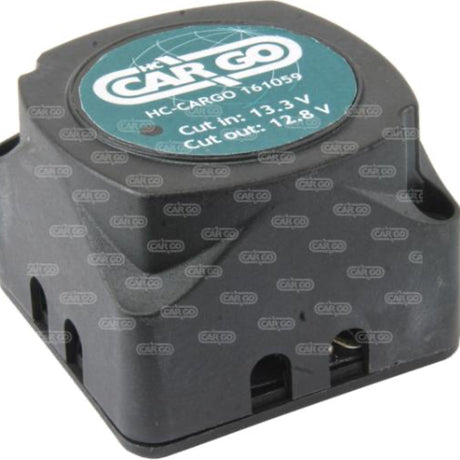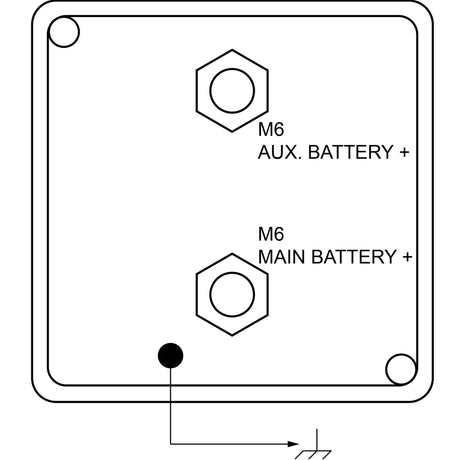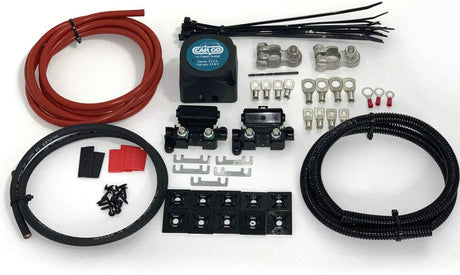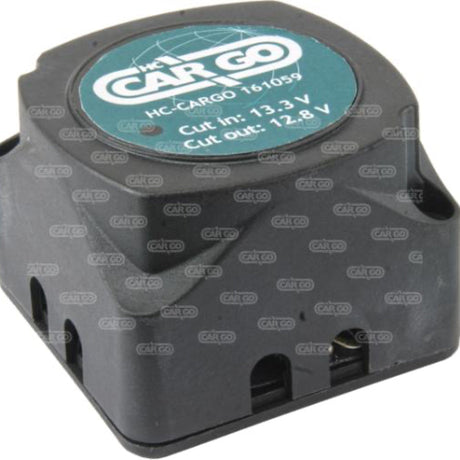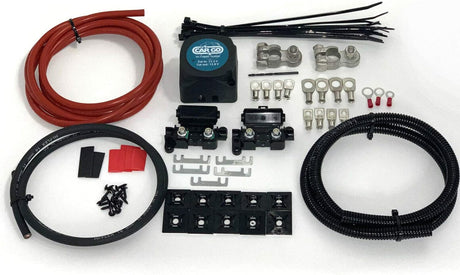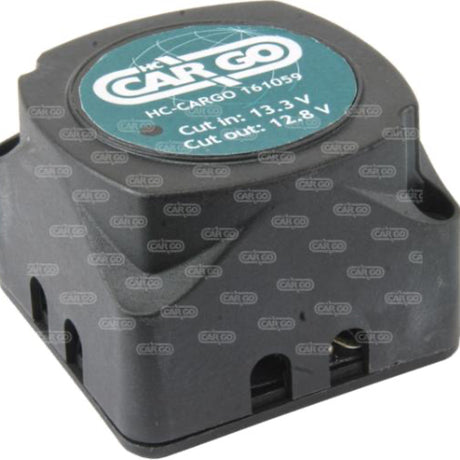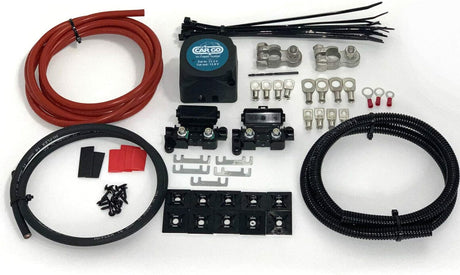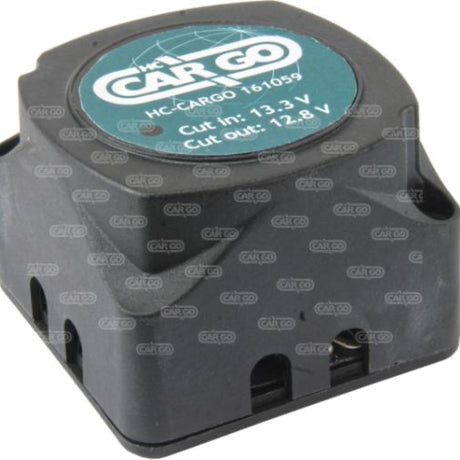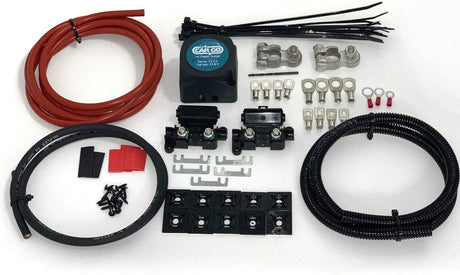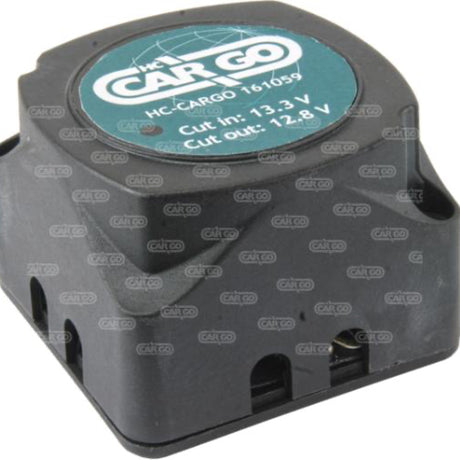Split Charge Relay
(5 products)
A split charging relay serves as an electrical device facilitating the charging of multiple batteries or from a single charging source. Commonly found in cars, boats, motorhomes, campervans, and similar vehicles with multiple battery systems, this relay automates the charging process to ensure each battery receives the appropriate power level, preventing overcharging or excessive discharge.
These relays are particularly useful in setups such as converted campervans, where a primary battery powers the vehicle while a secondary leisure battery, like our lithium leisure batteries for motorhomes, serves auxiliary functions. Engineered to manage high current loads and withstand various weather conditions, split charging relays offer reliability and durability across different environments.
Why do you need a split charge relay?
If you have or plan to install multiple batteries in your vehicle, boat, campervan, or motorhome, a split charge relay ensures each battery receives optimal charging, preventing issues like overcharging or rapid discharge.
Where should you place a split charge relay?
Ideally, position the split charge relay discreetly between the main and secondary battery, ensuring it is as close to both batteries as possible. This setup minimizes voltage drop-off and enhances the efficiency of the charging system.
How long does it take to charge a leisure battery using a split charge relay?
The charging time for a leisure battery connected to a split charging relay depends on the battery's capacity and the alternator's current output. For instance, with an alternator output of 70A, it typically takes about an hour to charge a standard leisure battery.
